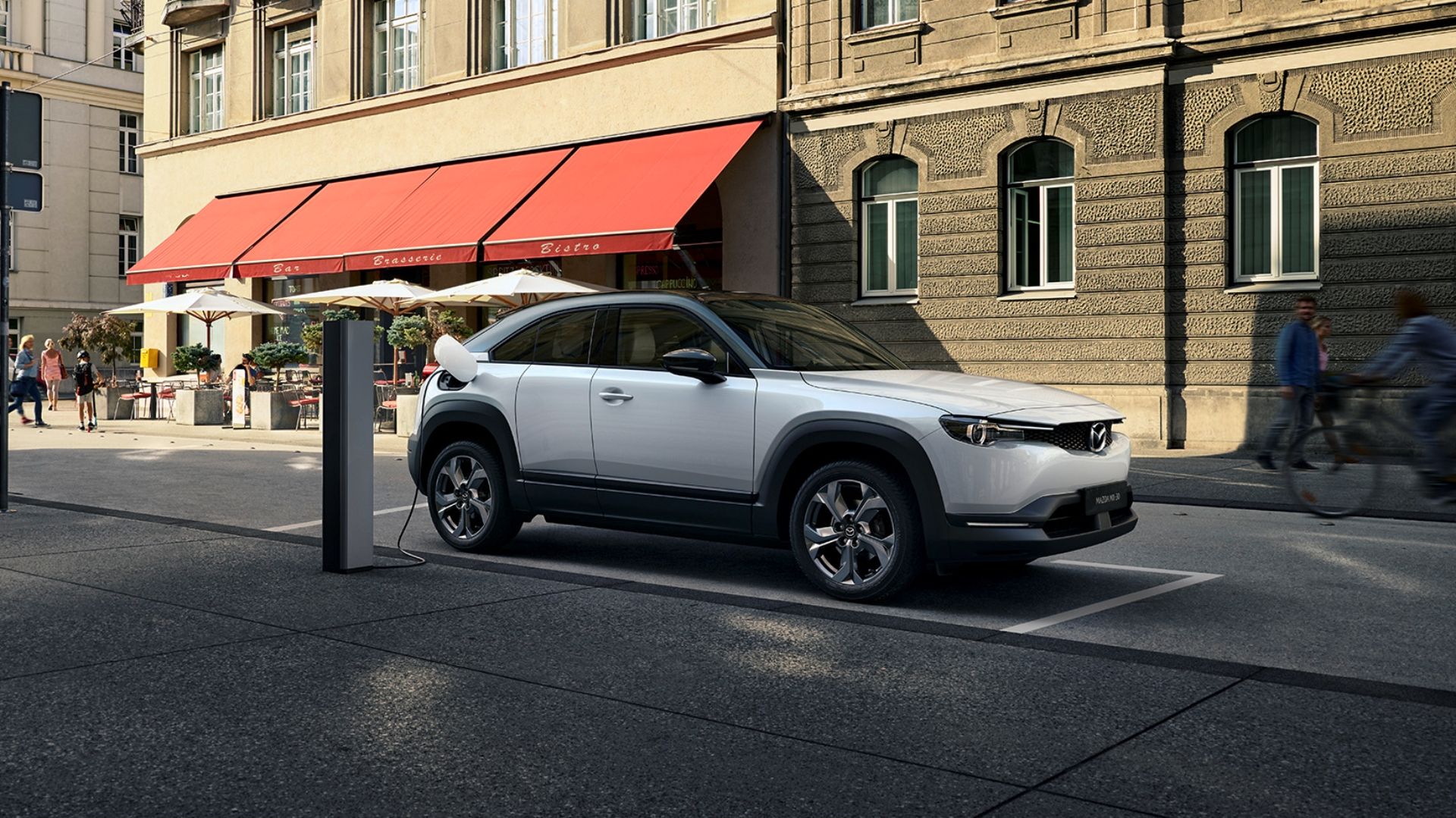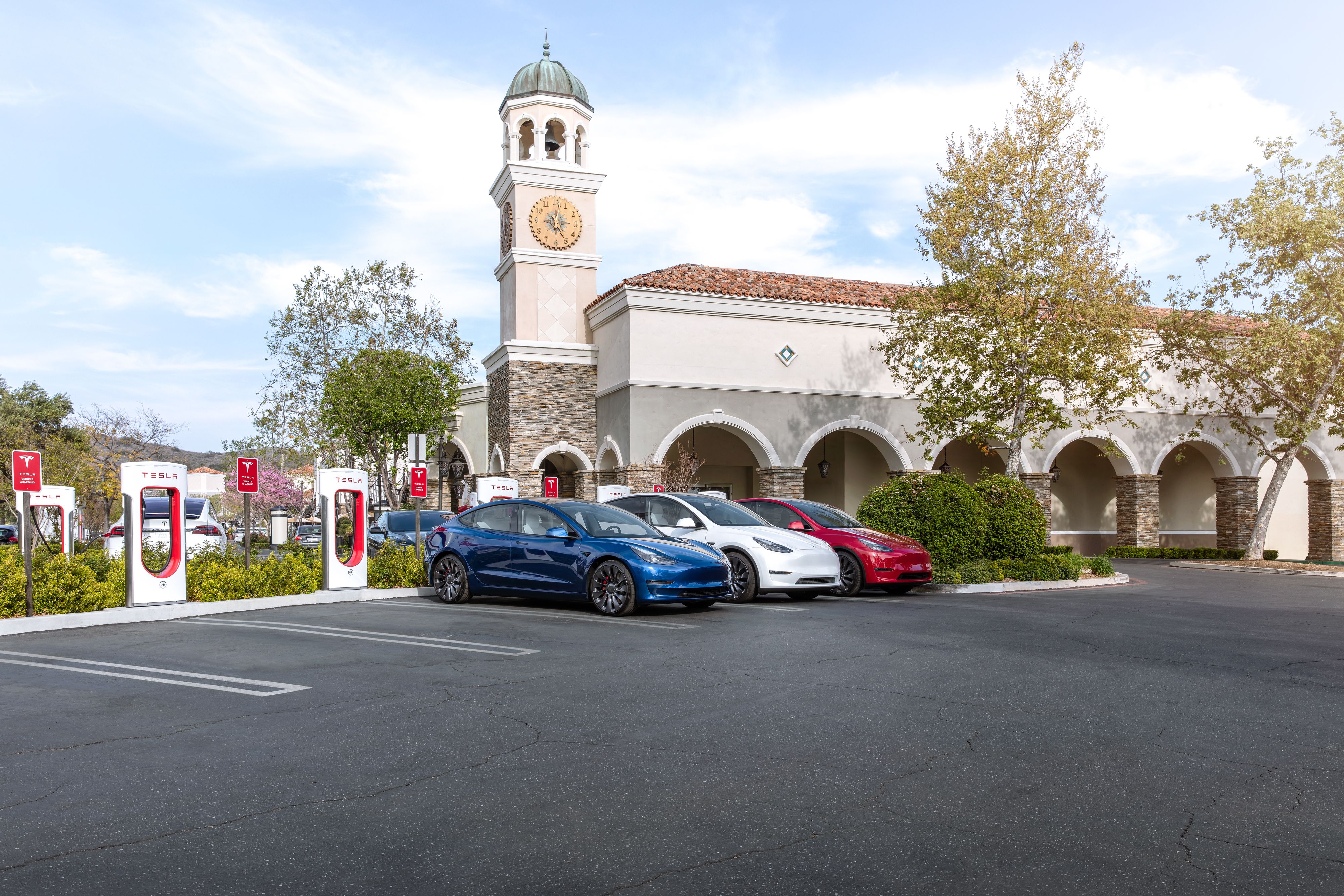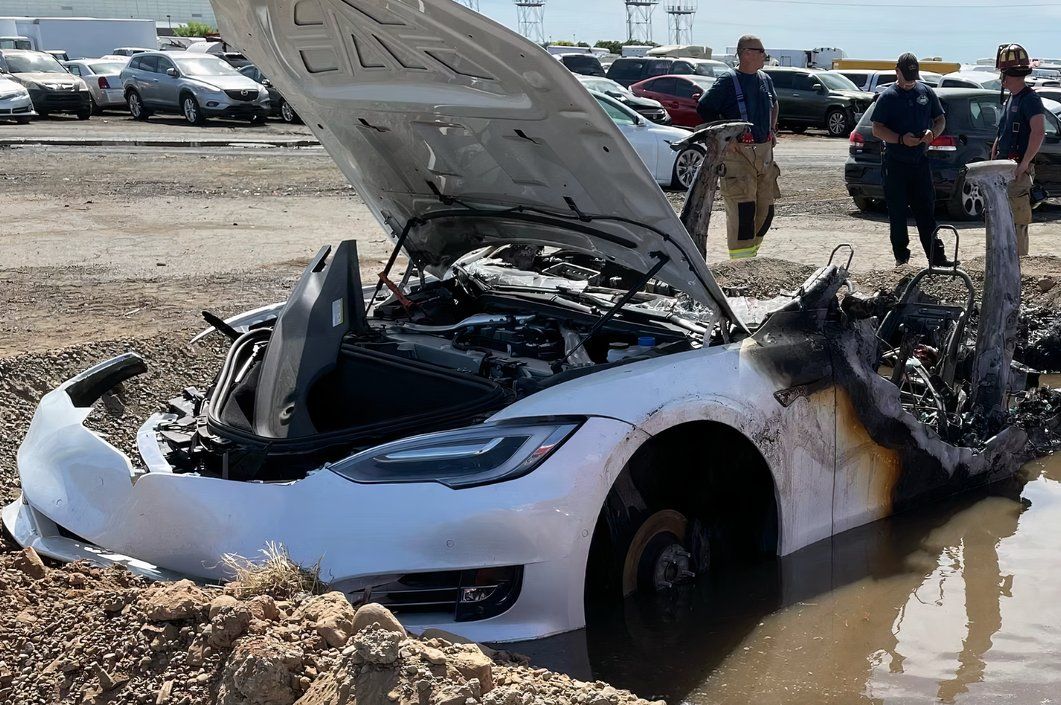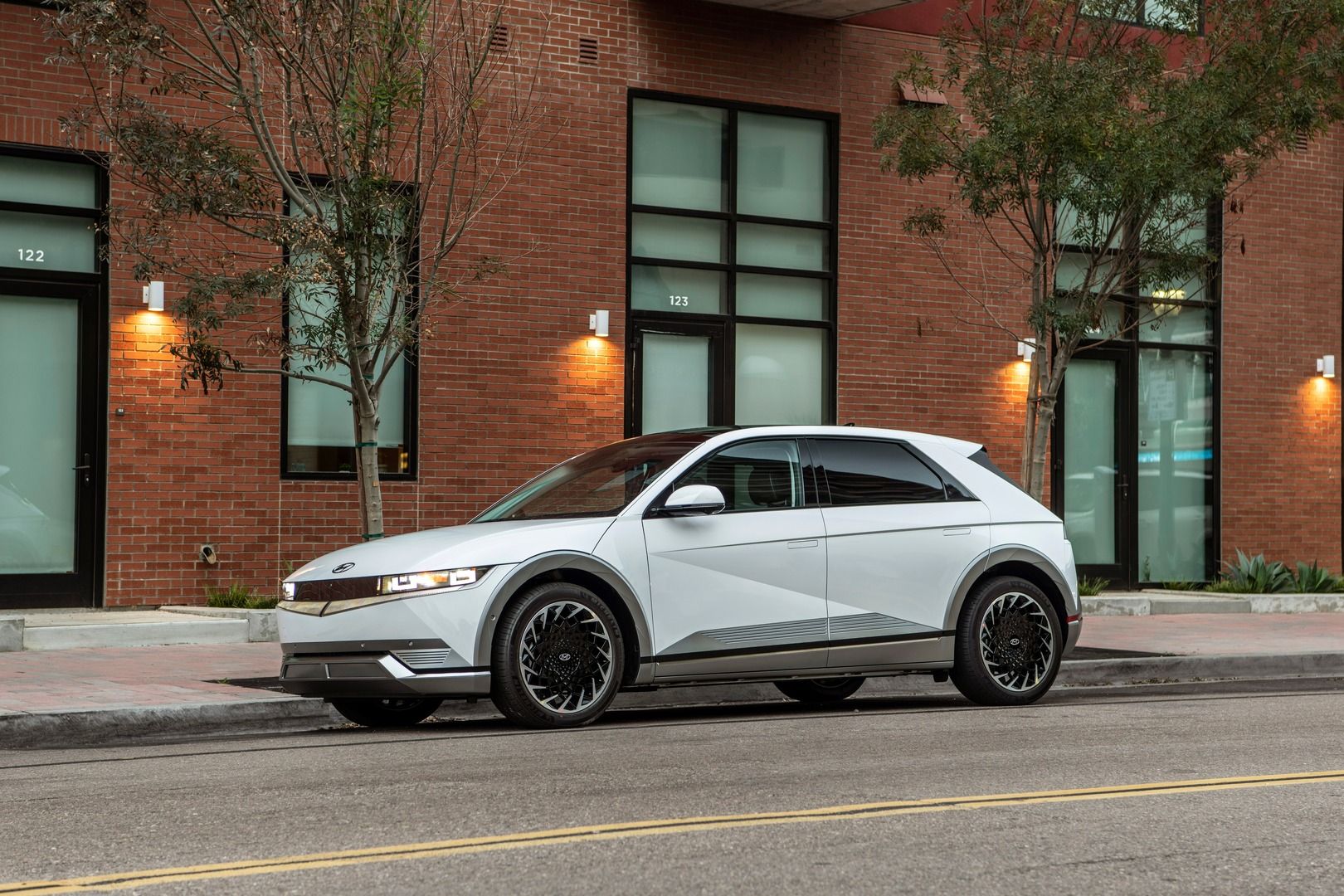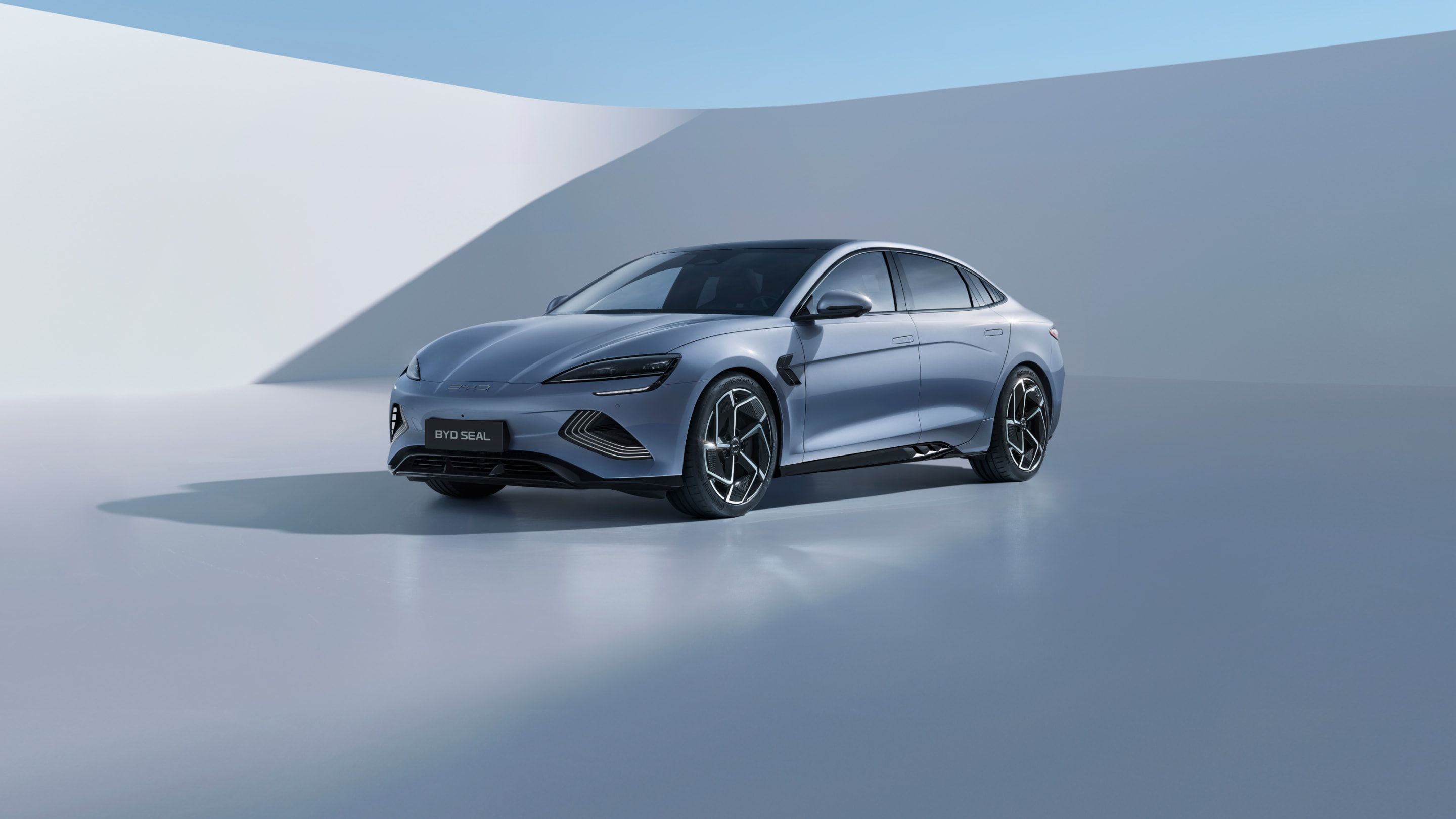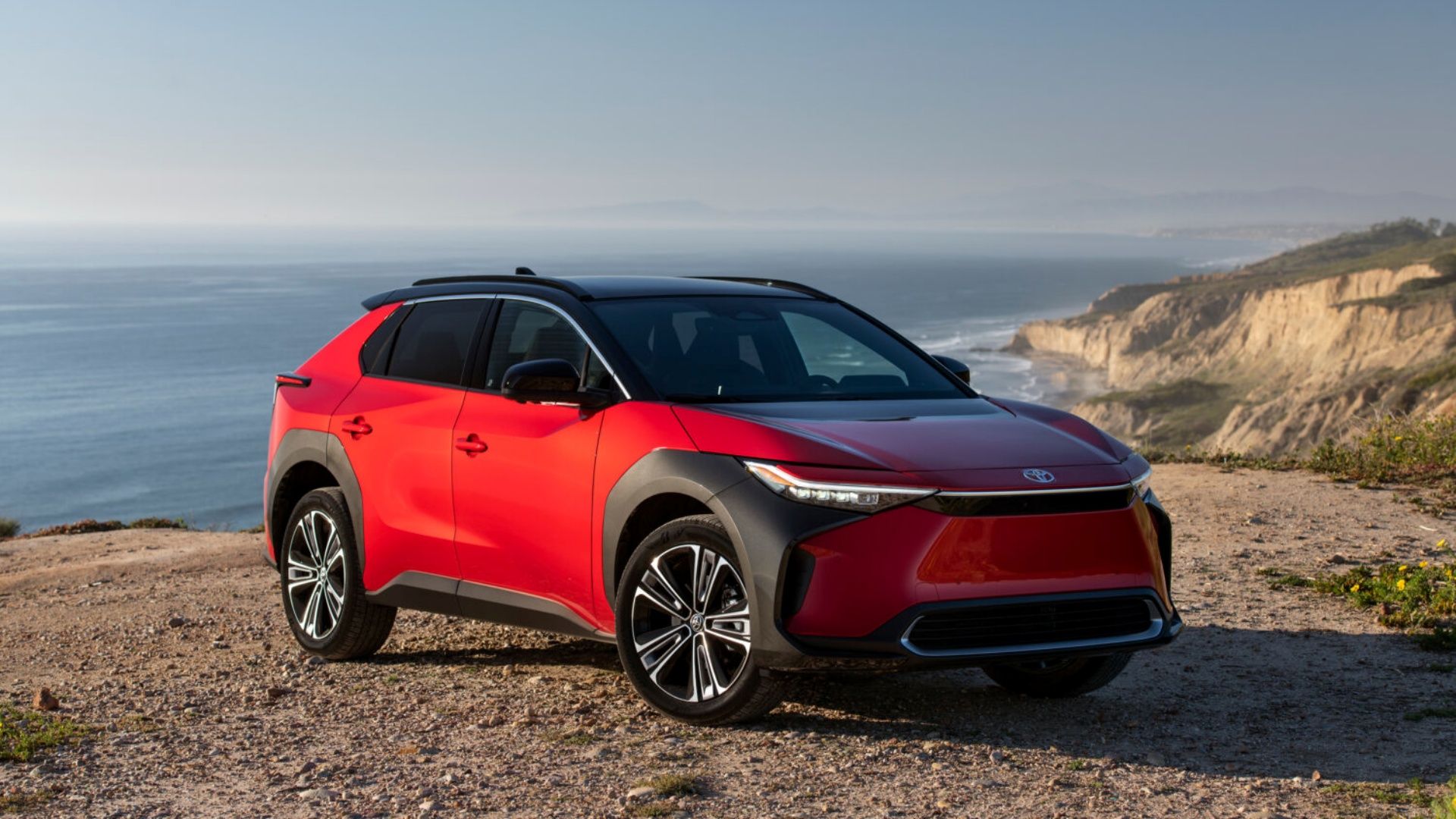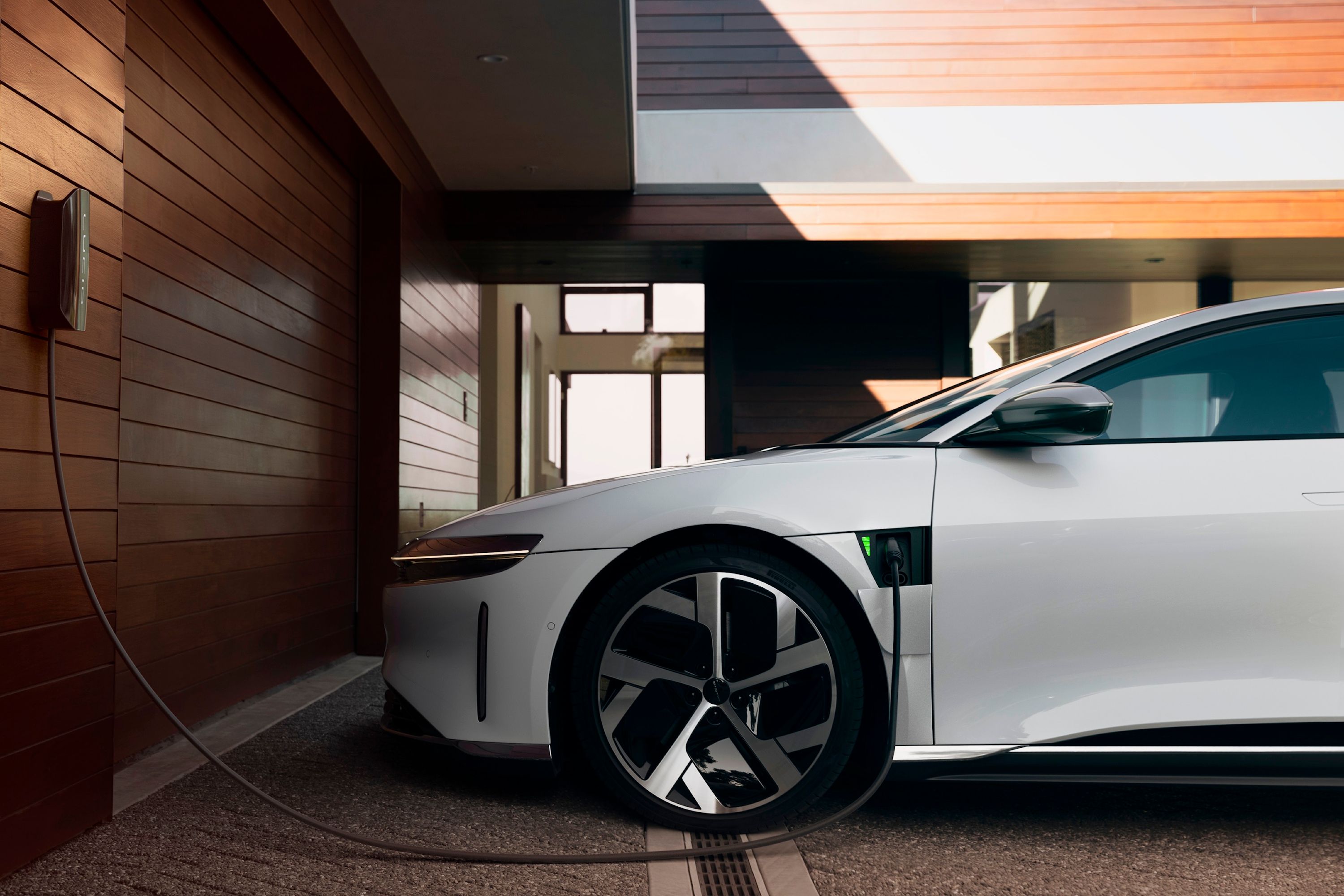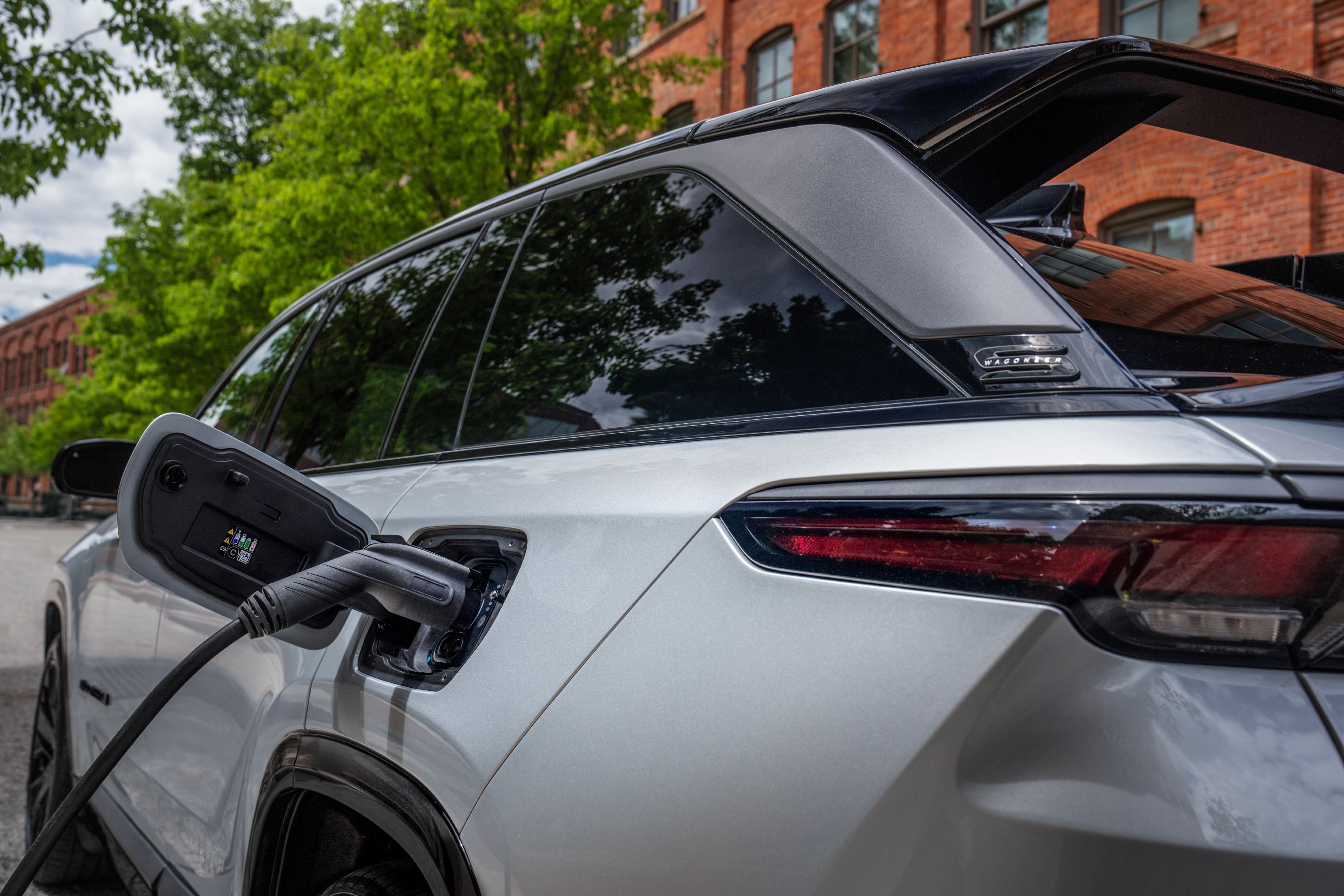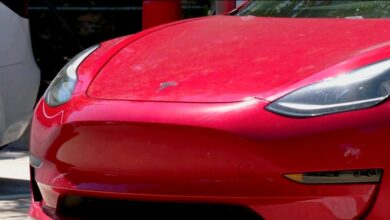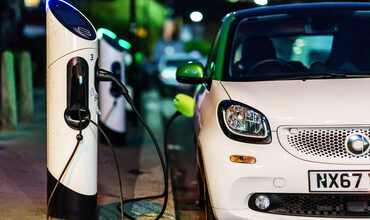17 Scientific Reasons Why Car Buyers Still Don’t Want Electric Vehicles
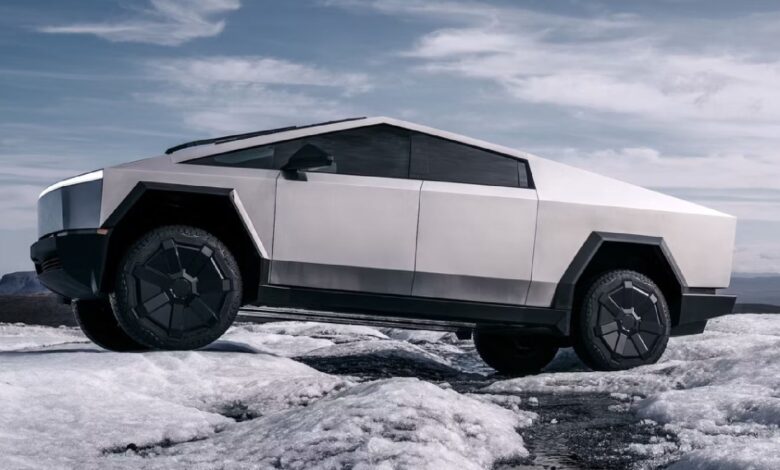
Over the past decade, EVs have exploded in popularity, mostly thanks to the environmental promise of a zero-emission vehicle. In addition to a minimal environmental impact, EVs have also become much more affordable over the past decade or so, meaning you don’t have to be well-off to afford one. However, despite ever-improving technology and dropping prices, EV sales have plummeted as of late. While simply blaming the economy may answer some questions, there’s much more at play leading to the EV’s recent relative fall from glory.
Only 5 Cars Are Eligible For $7,500 EV Tax Credit
Just last year, it was 10 cars. Now, the number has been cut in half.
According to scientific studies, public hesitance regarding the mass adoption of EVs can be quantified in four main categories: technological, environmental, financial, and infrastructural. CarBuzz aims to delve into each of these categories and see exactly what’s holding the EV back currently and what needs to be done to remove some of these barriers.
The information sourced for this write-up was gathered from ScienceDirect’s extensive research into the barriers to electric vehicle adoption. All other information regarding vehicle specs and/or features was gathered from official manufacturer websites.
1 The Technological Barrier
Limited Driving Range
One of the largest criticisms of the modern EV is driving range issues. On average, an EV can go about 300 miles on a single charge, whereas the average driving range of a conventional gasoline-powered vehicle is about 403 miles. A difference of over 100 miles is a significant amount, enough to make prospective EV buyers hesitant to pull the trigger on an electric vehicle. However, there are some promising burgeoning battery technologies that could take the 300-mile average much higher, although time will tell if these prove to be worthwhile.
Long Charging Times
Another significant and well-documented issue with electric vehicle adoption is long charging times. On average, it takes an EV about 30 minutes to charge from 10 to 80 percent at a public fast charger, which equates to about 200 miles of range. Those 30 minutes spent charging need to be planned out, as it’s a significant amount of travel time to be idle, especially if you’re traveling to work or some other time-sensitive obligation. As for fossil-fueled cars, they take about four minutes to refuel completely.
Limited Battery Life
The average lifespan of an EV battery is about 100,000 to 200,000 miles or about 15 to 20 years. However, these averages are largely based on estimations, citing battery cell decay. For comparison, conventional vehicles last about 200,000 miles, or 300,000 miles with rigorous maintenance. This means EVs aren’t too far off when it comes to longevity, assuming one could last up to 200,000 miles, rather than failing closer to the 100,000-mile mark.
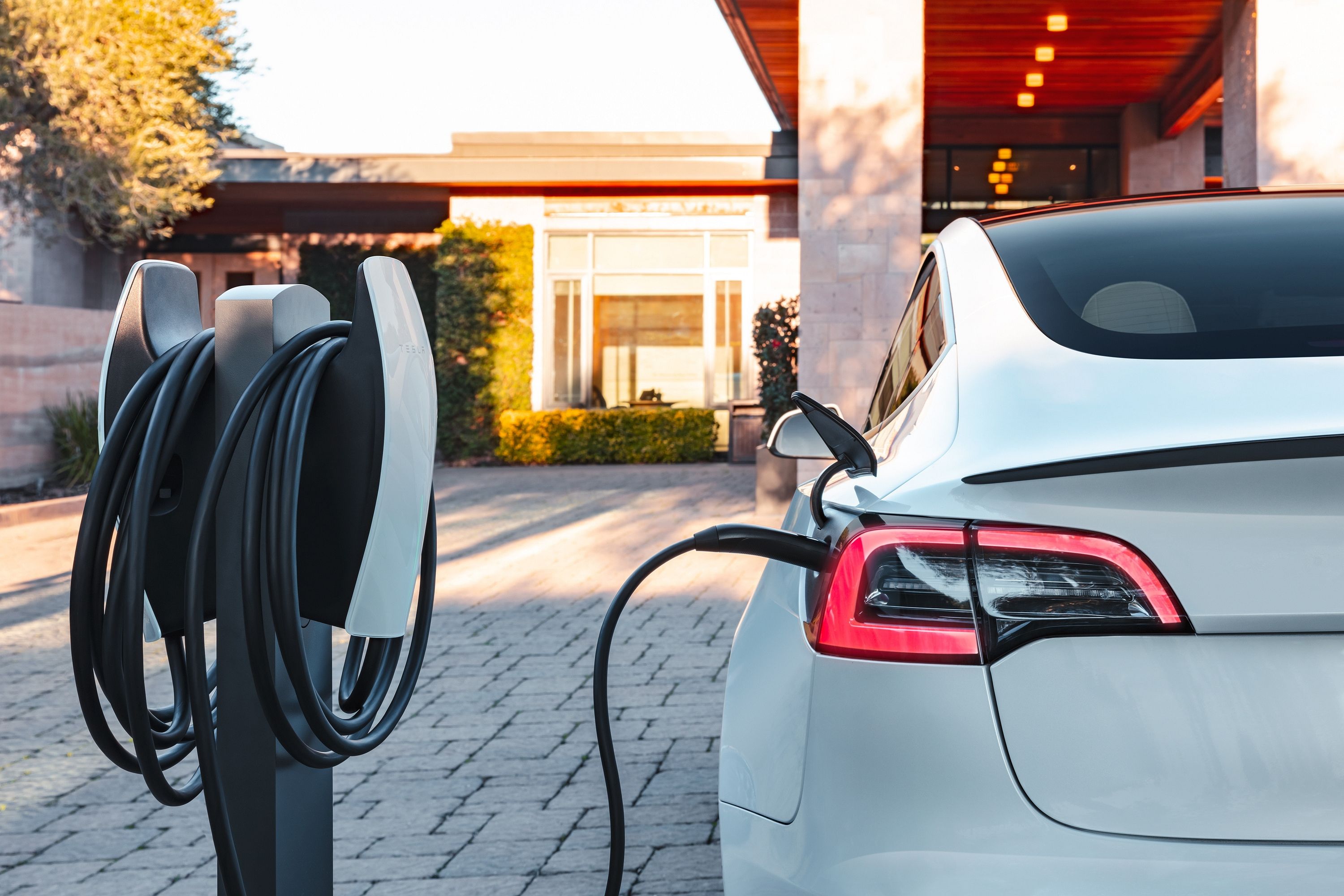
What Does A Tesla Battery Replacement Really Cost?
Although rare and primarily applicable to older Teslas, a complete battery replacement can be a substantial financial burden.
Poor Safety
Unfortunately for EVs, most of us have heard of or seen the reports of Tesla and other EV batteries bursting into flames when the vehicle is involved in an accident. While this isn’t always the case in a crash, it’s enough to put off some buyers who are already on the fence about buying an EV. However, most modern EVs contain safety measures against accidental combustion, such as battery management systems and sealed battery packs, which attempt to prevent any battery contents from leaking even in a particularly bad crash.
Doubts About Reliability
As with any new or newer technology, doubts about reliability are common and expected. The EV is no exception to this phenomenon, and this doubt has been cited in many prospective electric vehicle buyer’s complaints. Ten years ago, these fears were more understandable, as those EVs did, in fact, suffer from reliability issues and component failures at a more frequent rate than average ICE-powered vehicles at the time. Today, EVs are considered as, or more reliable than their fossil-fueled counterparts, chiefly due to the fact electric vehicles have far fewer moving parts.
Fewer EV Models
Because the EV is a much newer type of vehicle, there are naturally fewer models for consumers to choose from. Buyers seeking a new car may have some vehicular needs that simply aren’t met by any EVS on the market today. Because of this, electric vehicles, as a whole, are overlooked by many prospective buyers. As of the beginning of 2024, there are over 40 battery-electric vehicle models for sale in the US compared to about 235 conventionally-fueled models for sale.

Add CarBuzz to your Google News feed.
2 The Environmental Barrier
Problems With Battery Disposal
As with any used piece of technology, eventually it will need to be disposed of. EV batteries pose a particularly unfriendly issue regarding the environment. However, today, over 95% of an electric car’s battery can be recycled and made into a new battery, meaning the waste from old batteries is drastically reduced. As for the remaining five percent, it’s unfortunately treated as normal waste. Opinions on the current state of EV battery disposal are divided, with some experts arguing more needs to be done to make the process more eco-conscious.
Environmental Impact Of Battery Production
One of the more publicized aspects of EV production is battery production and its less-than-clean nature. According to some scientific studies into the matter, EV batteries account for up to 60% of an electric vehicle’s total carbon footprint across its entire lifespan, a significant amount. Other studies point to EVs being 74% more environmentally damaging than conventional vehicles regarding total lifetime CO2 production. The materials used in battery production must be mined, which is a filthy task, resulting in damage to ecosystems, acid rain, and even worker harm in extreme cases.
3 The Economic Barrier
High Purchase Price
The high purchase price of modern EVs is ranked by ScienceDirect as the number one barrier to widespread EV adoption. On average, a new EV in the United States costs just over $55,000, compared to a new conventional vehicle which costs just about $47,000. While the difference in initial cost isn’t too large, many prospective EV customers are wary of things like battery life, and the eventual cost to replace it. There are several Chinese EV manufacturers promising electric vehicles that claim to perform better than the best we have here, but new legislation will price these cars out of the market.
High Battery Replacement Cost
Another highly-ranked issue regarding EV adoption is the high average cost of battery replacement. As we discussed previously, the average lifespan of an electric car’s battery is about 100,000 to 200,000 miles. After this mileage is reached, you’ll more than likely need to replace the battery pack, as it will degrade and perform perpetually worse over time.

Here’s What It Costs To Replace An Electric Vehicle’s Battery Pack
Battery replacements are extremely rare, but they’re ridiculously expensive.
Unfortunately, at today’s part and labor prices, the average cost of replacing the battery is anywhere from $6,500 to $20,000. The latter price is enough to scare off most prospective buyers, as the vehicle will likely be worth substantially less than the cost to replace a battery at $20,000.
High Electricity Price For Charging
Much like fuel for ICE-powered vehicles, the price of electricity fluctuates and affects EV owners similarly. However, on average, the price of a kWh of electricity has risen nearly 20 percent since 2020, meaning the finances of people who heavily rely on EVs for transportation are affected significantly. However, today, the cost to bring an EV from an empty to a full charge is about $15-$25 using a domestic Level 2 charger, significantly less than the cost to fill a car’s tank, which costs about $50 on average. However, the length of time needed to charge an EV with a Level 2 charger does somewhat offset the monetary savings.
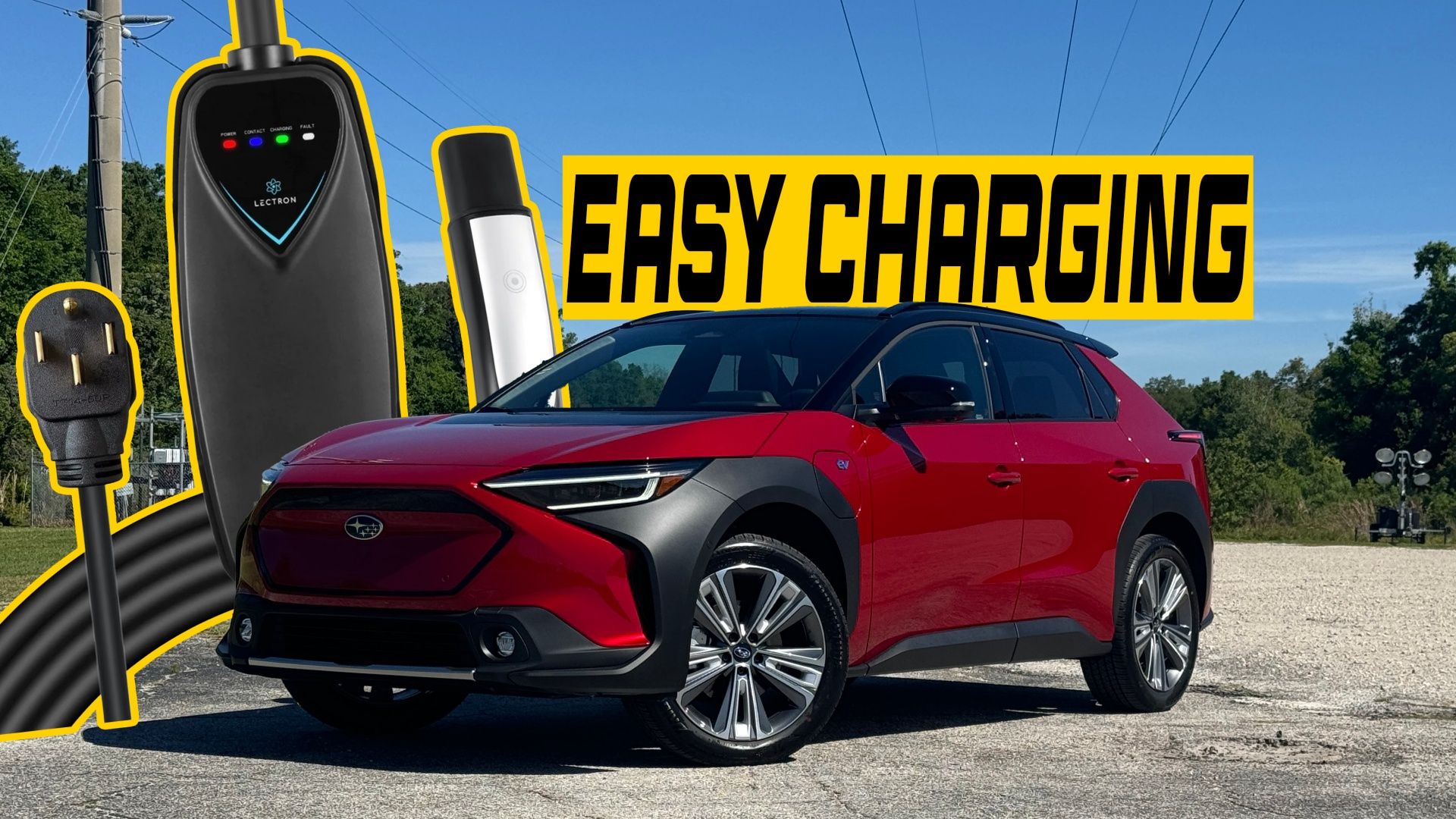
Getting A Home Charger Ends The EV Ownership Nightmare
If you have a home charger, owning an EV goes from challenging to hassle-free.
Lower Resale Value
To tie into our brief discussion regarding the cost to replace an EV’s battery, EVs tend to have much lower resale value than their conventionally fueled counterparts. The most common reason for this is the cost of battery replacement, as most owners get rid of their electric vehicles before this large repair is undertaken, meaning the second owner has a much higher chance of incurring drastically high maintenance costs. Other factors for a lower resale value include low consumer excitement regarding used EVs and a lack of affordable repair options.
Adaptation Cost Of Electrical Systems At Home
The cost to upgrade homes for the use of a Level 2, 240-volt charger can be high. According to EV-Lectron.com, the cost to upfit a home for the use of a Level 2 charger can range from $1,000-$2,500. While this may not seem like much, many consumers are unwilling to spend the money to undertake this installation, along with a hesitancy to alter their home’s electrical system. The argument championing domestic Level 2 charging cites the cost offset after a year or so of use. However, many consumers do not see it this way and opt against it.
4 The Infrastructure Barrier
Insufficient Public Charging Stations
While more and more public EV charging stations are popping up, the number of them pales in comparison to the number of gas stations in the continental United States. As of Q2 2023, there were roughly 61,000 public EV charging stations in the United States. While this seems like a high number, most of these stations are centered around major metropolitan areas such as Los Angeles, Chicago, San Francisco, and New York City. Those who live in rural areas are very hard-pressed to find an EV charging station near them. Conversely, as of Q1 2024, there were over 196,643 gas stations spread more evenly across the country, meaning finding fuel for an ICE-powered car remains vastly easier than finding public EV charging.
Charging Problem In The Absence Of A Garage
The issue of security comes into effect when you’re forced to charge your EV overnight without a garage. Many of those who live in apartments or condos lack a garage, and so lack the ability to charge an EV without risking someone unplugging the car, tampering with the charger, or worse. Charging an EV isn’t an inconspicuous act, either. Some companies recommend car tents for this purpose. However, a car tent sticks out as much, if not more, than a charging EV in an apartment complex parking lot.
Insufficient Maintenance And Repair Services
Although more and more repair shops are beginning to offer services catered to EVs, the sheer number of non-dealer repair options for EVs remains vastly lower than options for fossil-fueled vehicles. This means that for EV owners, going to the dealership to have their electric vehicle serviced at retail pricing spells potential disaster for their wallets. Another issue regarding EV ownership and maintenance is the relative inability to perform any sort of service yourself, meaning any and all issues must be addressed by a professional, no matter the complexity or size of the job.
Low Reliability Of Charging Power Grid
When charging an electric vehicle, every component of the vehicle and charger must operate correctly. If something goes wrong in the charger, or another charger connected to the same main line, charging across all kiosks halts. For example, if you’re charging your EV at a public fast charging block if another charging kiosk fails, it will most likely shut all other chargers down, as well, spelling disaster if your car is in desperate need of juice or you’re late for one of life’s many obligations.
Sources: ScienceDirect.com, EVBox.com, EV-Lectron.com, xMap.ai.com
